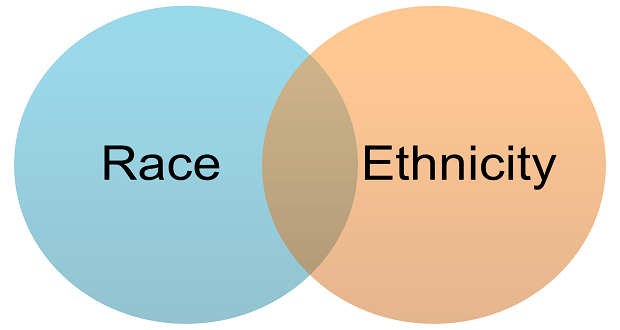The distinction between race and ethnicity must be understood in today’s multiracial society. The terms have various implications and meanings despite the fact that they are frequently used interchangeably. The differences between race and ethnicity, as well as their implications and applicability in diverse contexts, will be discussed in this article.
What is a Race?
A person’s race is determined by physical characteristics such skin color, hair type, and facial features. It frequently has to do with one’s genetic heritage and country of origin. It’s critical to keep in mind that race is a social construct with no established scientific basis.
Race and social identity
Race has a tremendous impact on social identities. It has traditionally been used to categorize and separate people, leading to social hierarchies and prejudice. Race can have significant effects on opportunities, access to resources, and social experiences.
Common Racial Categories
Racial categorizations vary across different cultures and societies. In the United States, for instance, common racial categories include White, Black or African American, Asian, Native American or Alaska Native, and Native Hawaiian or Other Pacific Islander. These categories reflect historical and social perspectives on race.
The Evolution of Racial Terminology
Over time, racial terminology has evolved to reflect societal progress and challenges. Terms such as “Negro” and “Colored” have fallen out of use and have been replaced by more inclusive terms like “African American” and “Black.” This shift demonstrates the ongoing conversation surrounding race and its representation.
What is Ethnicity?
Ethnicity Defined
Ethnicity refers to a shared cultural heritage, including language, traditions, customs, and beliefs, among a group of people. It is based on factors such as nationality, ancestry, and cultural practices. Unlike race, ethnicity is not solely determined by physical attributes.
Cultural Identity and Ethnicity
Ethnicity plays a crucial role in shaping cultural identity. It connects individuals to their roots, fosters a sense of belonging, and influences their social interactions. Ethnic groups often maintain unique customs, celebrations, and languages, enriching the cultural tapestry of a society.
Examples of Ethnic Groups
Ethnic groups are diverse and numerous worldwide. Some examples include Hispanic or Latino, Arab, Jewish, Italian, Chinese, and Irish. These groups encompass distinct traditions, histories, and values that contribute to their unique identities.
Ethnicity as a Fluid Concept
Unlike race, ethnicity is a more fluid concept that allows individuals to embrace multiple ethnic identities. This fluidity acknowledges the influence of cultural assimilation, intermarriage, and globalization. Individuals can identify with different ethnicities based on their heritage and personal experiences.
FAQs about Race and Ethnicity
1. Are race and ethnicity the same thing?
No, race and ethnicity are not the same. While race refers to physical characteristics, ethnicity encompasses cultural heritage and shared customs.
2. Can someone have multiple ethnicities?
Yes, individuals can have multiple ethnicities if they have diverse cultural backgrounds or ancestral ties to different ethnic groups.
3. Is race a biological concept?
No, race is a social construct without a scientific basis. The concept of race emerged as a way to categorize and differentiate people based on physical features.
4. Can a person’s race change over time?
No, a person’s race does not change over time. However, societal perspectives on race can evolve, leading to changes in terminology and definitions.
5. Are race and ethnicity important in society?
Yes, race and ethnicity are significant in society as they shape social identities, influence access to resources, and contribute to cultural diversity. Understanding and respecting different races and ethnicities is essential for fostering inclusivity and promoting equality.
6. Can someone’s race and ethnicity be different?
Yes, it is possible for someone’s race and ethnicity to be different. For example, an individual may have a racial background of African American but identify ethnically as Afro-Latino, reflecting their cultural ties to both African and Latino heritage.
Conclusion
In conclusion, the difference between race and ethnicity lies in their respective definitions and scopes. Race primarily focuses on physical attributes and is a social construct, while ethnicity encompasses cultural heritage and shared customs. While race can impact social identities and lead to discrimination, ethnicity contributes to cultural diversity and individual identities. Recognizing and understanding the distinctions between race and ethnicity is crucial for building an inclusive and harmonious society.
Remember, embracing diversity and celebrating both race and ethnicity can enrich our understanding of the world and promote unity. Let’s strive for a society where individuals are valued for their unique identities, regardless of their race or ethnicity.



